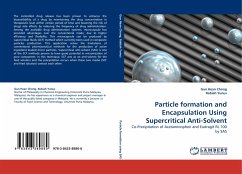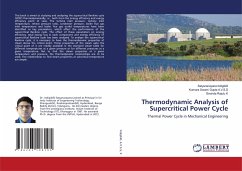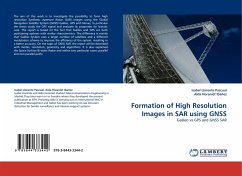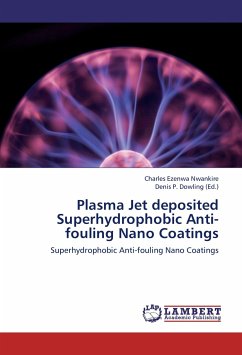The controlled drug release has been proven to enhance the bioavailability of a drug by maintaining the drug concentration in therapeutic level within certain period of time and lowering the risk of drugs side effects by reducing the frequency of drug administration. Among the available drug administration systems, microcapsule has provided advantages over the conventional mode, due to higher efficiency and flexibility. This microcapsule can be produced by supercritical fluids (SCF) method which currently been used in composite particles production. This application solves the limitations of conventional pharmaceutical methods for the production of active ingredient loaded micro particles. Supercritical anti-solvent (SAS) is one of the SCF methods proven to have good potential in micronization of pure component. In this technique, SCF acts as an anti-solvent for the feed solution and the precipitation occurs when these two media (SCF and feed solution) contact each other.








